Created and Led by
Karen Hosack-Janes
Duration
9.30-3.00 or equivalent
Venue
Online or in-person
Target Audience
Senior & Middle Leaders, KS1 & 2 Teachers
Essential Questions:
- How can the Arts be used to ensure high levels of pupil engagement across curriculum areas that build on pupils' prior experiences?
- How can we involve pupils more in the development of what is taught with the view of maximising creative opportunities?
Why is this course relevant or important:
- Putting the Arts at the heart of a curriculum is consistent with the National Curriculum requirement to promote pupils’ spiritual, moral, social and cultural development.
- The Arts prepare pupils well for later life, especially where the use of one's imagination and the generation of original ideas will be increasingly valued due to the ever growing scope of automation for non-routine tasks.
The course will advance your understanding of:
- The nature of creativity in a mastery curriculum.
- How to maximise creativity opportunities for pupils across subject areas using the Arts as a central stimulus.
Take away:
- A strong rationale for putting the Arts at the heart of a primary curriculum.
- Many ideas, based on examples from schools, for implementing teaching and learning across the curriculum using the Arts.
Enquire about a consultant delivering this course to your school/cluster
* means required field
Booking Options
This course is delivered by one of our team, Karen Hosack Janes. Karen can come to your school to deliver it in person or host a bespoke zoom session with your organisation. Complete the Enquiry form and we'll be back in touch ASAP.
Evidence Informed
All our courses are based on peer-reviewed research.
Practical and inspiring
We bridge the gap between evidence and practice.
Versatile environments
We offer a choice between on-demand and live courses.






